Table of Contents
Alternative Medicine Practitioner
If you are looking to expand your career prospects in alternative healing therapy, which aims to strike a balance between the body and mind, then working as an alternative medicine practitioner is worth a try.
Recently, many fitness enthusiasts have been eager to expand their horizons with a career option such as this one, and for a good reason. The job growth rate for alternative medicine health practitioners is estimated to be around 10% from 2019 to 2029.
As more people become aware of the sheer beneficial impact of complementary medicine, the job outlook is also expected to remain positive. In fact, over 38% of adults use alternative and complementary medicine, many of which are gym-goers or fitness experts such as yourself.
If you want to find out more about getting buffed up when exercising or testosterone replacement therapy while you are at it, check out swoleam.com. Now, let’s take a look at what it takes to join the industry of holistic medicine.
Why Holistic Medicine?
Working as an alternative medical practitioner can be a lucrative business. Take acupuncture, for example. The acupuncturist job market is estimated to grow by 13.3% from 2016 to 2026. An acupuncturist helps with sports injuries, muscle trauma, and bodybuilding success.
Chiropractor employment is also looking bright. The chiropractor employment rate is estimated to go up by 11% from 2020 to 2030 in the United States.
Covering the Basics
Before you get a fresh start, it’s important to cover what is an alternative medicine practitioner. To choose this career path means that you will be working with traditional healing practices. This profession offers practical and versatile knowledge in natural medicine and holistic healing.
Whether that is reiki, acupuncture, chiropractic care, or anything else, as an alternative medicine practitioner, your primary focus will be to master the use of herbs or similar products that would amplify or complement traditional medicine.
Education Requirements For Alternative Medicine Practitioners
So, how to become an alternative medicine practitioner? The educational requirements will vary based on the area of specialty you selected. Various alternative medicine practitioner jobs require diverse sets of knowledge, skills, and practice. Overall, you are looking to get a certificate and licensure.
The first step to becoming a practitioner of alternative medicine is to earn prerequisite coursework and a bachelor’s degree. Then, it is time to get your alternative medicine practitioner degree. Plenty of options exist that will pave the way to success.
Look for the holistic viewpoint that’s best tailored to your needs. The next step is to complete an internship or residency in the desired field. You will be working under skilled practitioners that can help broaden your horizons.
Typical residencies for chiropractors are sports medicine and diagnostic imagery. If you’ve decided to work as a massage therapist, then you would need to finish an apprenticeship program. In time, you will learn the ropes and move forward in your career. Check the license and certification requirements in your region to know how to stay on the right track.
References
https://bestaccreditedcolleges.org/articles/alternative-health-practitioner-job-info-and-requirements-for-a-career-in-alternative-healing.html
https://www.careerexplorer.com/careers/acupuncturist/job-market/
https://www.bls.gov/ooh/healthcare/chiropractors.htm
https://www.ziprecruiter.com/Career/Alternative-Medicine-Practitioner/What-Is-How-to-Become

